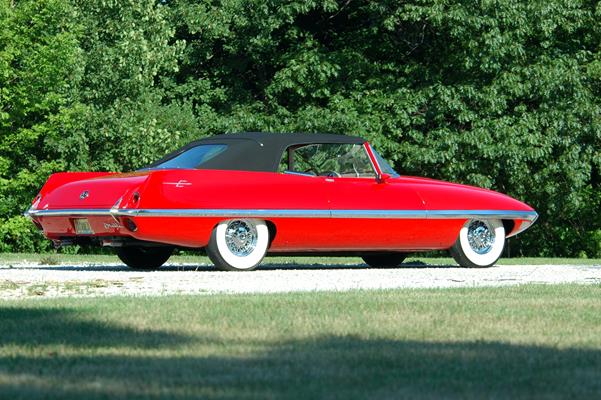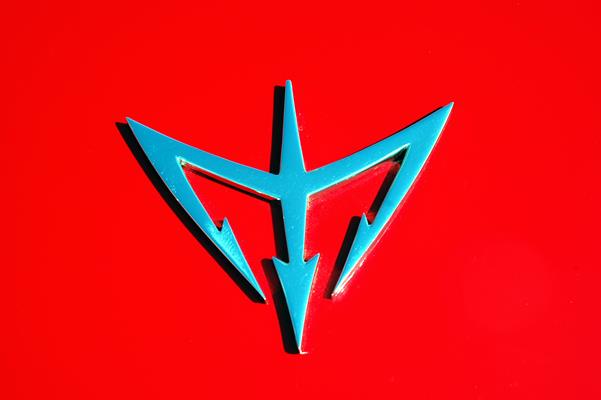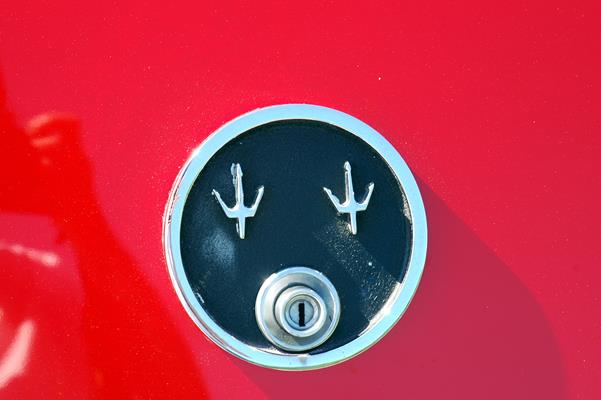Chrysler built the Diablo as a devilishly huge concept to fork over its GM show car competition.
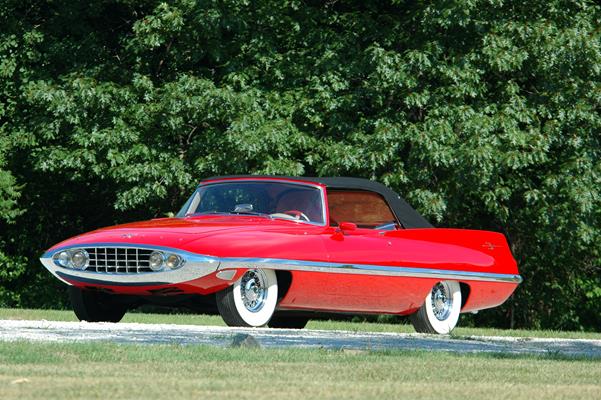
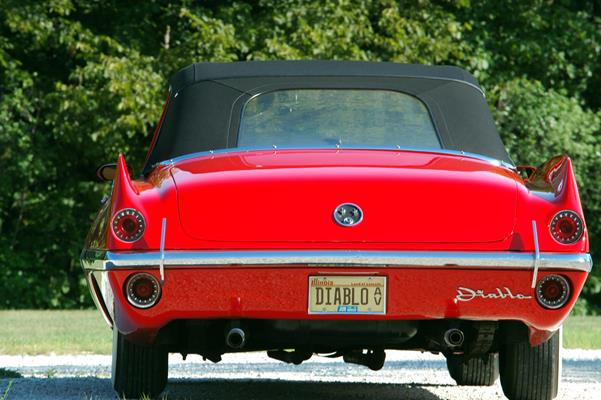
In the mid-1950s Chrysler and GM were involved not only in a horsepower war, they were also dukeing it out on the auto show circuit with their concept cars. Chrysler, rather than cooking up a home-brewed showstopper, found it more convenient-and a lot cheaper-to ship a chassis over to Ghia in Italy, and have them whip up a body based on designs by Chryslerâs design guru, Virgil Exner. Ghia, however would add their own little twists to the basic Exner concept. GM, with its much deeper pockets, by comparison, were cranking out showstoppers of their own at their tech center in Detroit. And, truth be known, the Generalâs designs were some of the best-looking concepts on the show circuit at that time.
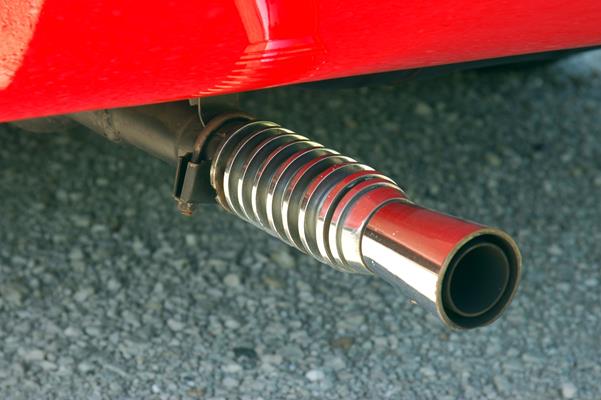
It took Ghia a little while to get up to speed. In 1952 or â53 they produced a show car as a Plymouth 4-door sedan. It wasnât all that pretty. Their next exercise for Chrysler — the Fire Arrow series — was a huge improvement. But, there were some drawbacks in working with Ghia. Unlike the inner sanctum of the GM tech center, Ghia had a lot of clients coming and going and hanging around, and looking at what was going on. If they saw a design element being used on a Chrysler job that caught their fancy, theyâd tell Ghia to work the same element into their own project. An example is that a lot of the design inspiration that went into the 1953 Chrysler Ghia Thomas Special also ended up in the VW Karmann Ghia. As a matter of fact the Karmann Ghia looks like a shrunk-down version of the Special. Some of the Chryslerâs design features even ended up on a Ferrari model.
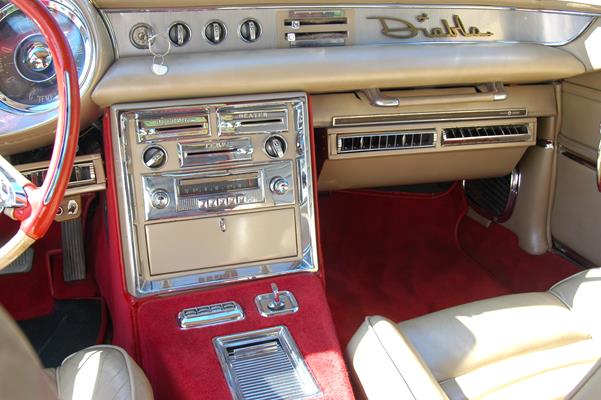
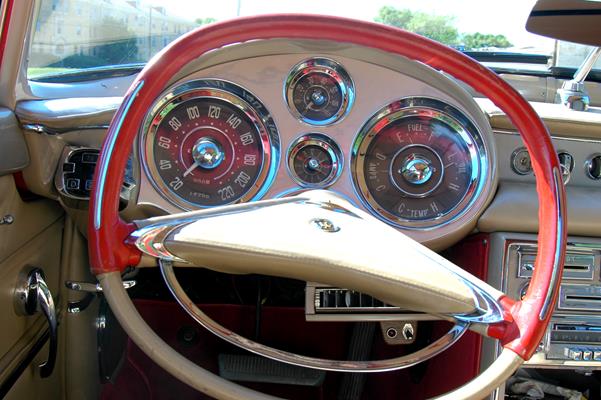
The other problem with Ghia, was that the Italian-bodied cars were considered by Uncle Sam to be imports. As such, Chrysler was required to pay a stiff import duty on them if they remained in this country more than 18 months. To avoid the penalty, Chrysler shipped the cars back out of the country before the axe fell. The Fire Arrow coupe (a land speed record holder, with Betty Skelton at the wheel turning 141 MPH), for example, went to Europe. Other Ghia concept cars were shipped all over the globe, while still others simply were destroyed to avoid the duty.
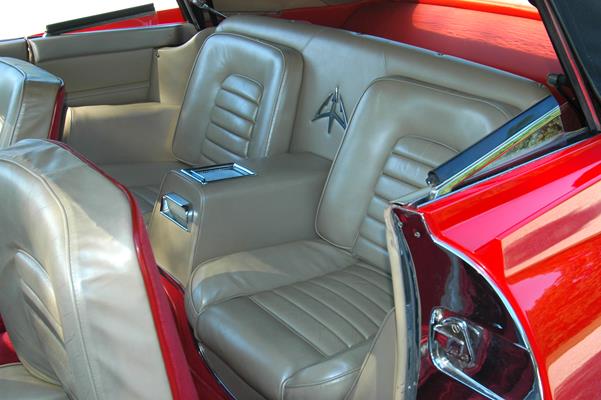
Chrysler took off the gloves for the 1956 show circuit, going after GM with the largest, most in-your-face concept car ever produced–the 1956 Chrysler Ghia Dart. Based on a Chrysler 300 chassis, the Exner-designed Dart came out to be 22 feet long, and a full foot wider than a production 1956 or â57 Chrysler 300. The 354-cube Hemi engine was rumored to have been enlarged to 383 cubes, fitted with a hot cam and fed by three deuces–the first Mopar Six-Pack! Horsepower was said to be in the 375 range. The intake was later changed over to a dual quad setup. The Dart had towering rear fins and a sliding hardtop that retracted into the trunk. At the close of the â56 show season, the Dart was shipped back to Ghia for a makeover. It would emerge as the 1957 Diablo, and hit the shows in its freshened trim.
The Diablo still wore the Dartâs sheetmetal, but it was made into a full convertible, and was fitted with a different windshield. The fins had been cut down, giving the car sleeker lines. The convertible sported four bucket seats and a âBuck Rogersâ-style dash that mounted gauges that were almost a foot in diameter. This last detail should have been of interest to GM as their geriatric Cadillac owners would have been able to read the dials without glasses.
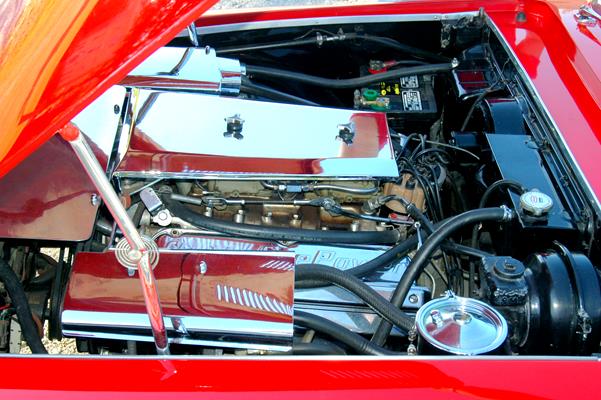
After the 1957 show season had wound down, the Diablo was sold to a private party in the U.S., with the buyer coming up with the import duty. In the mid â70s, the car surfaced in Milwaukee, and was sold to a collector in Chicago. From there it ended up on the east coast, with noted collector, Joe Bortz, acquiring this prize. Joeâs noted for his large assemblage of factory concept/dream/show cars, that include such Mopars as the 1964 Dodge Charger and Chrysler Falcon. The Diabloâs previous owner was a very wealthy guy who had the car set up for his own driving pleasure — he never showed it. He had the car freshened with new paint, replated chrome, leather interior and a new top. He drove the car all over the place including a 1000-mile trip, with no problems. Air conditioning is the only major addition to the Diablo from the way it came from Ghia.
![]()
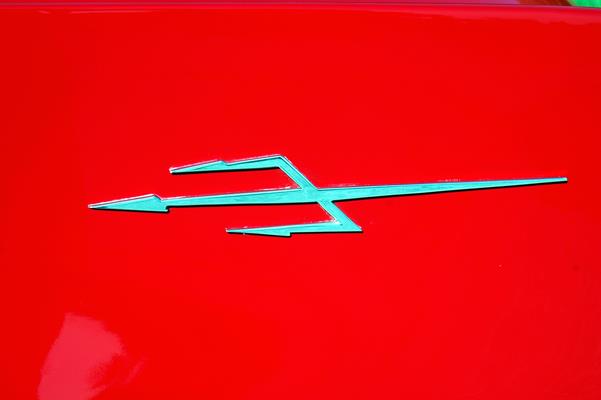
![]()
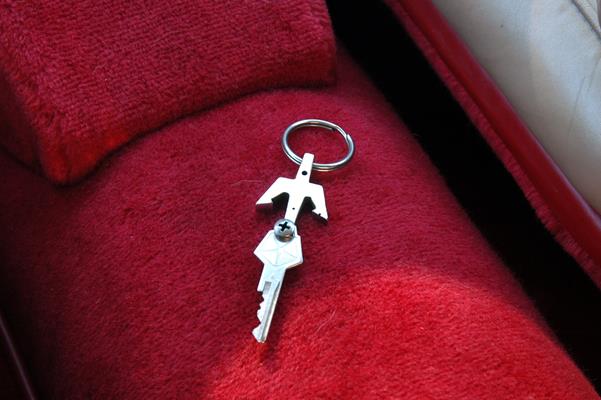
Forked over: Diablo abounds in an assortment of devilâs pitchforks. Even the key fob has one. The idea was to really stick it to GM. (Obviously, thatâs not an original key.)
Building the Dart/Diablo tapped Chryslerâs coffers about $250,000. According to Joe Bortz, it was the most expensive concept car ever produced in the â50s or â60s. He says that building this car today would cost about $2.5 million.
âCourse the big question is: when Virgil Exner designed this car, did the devil make him do it?
